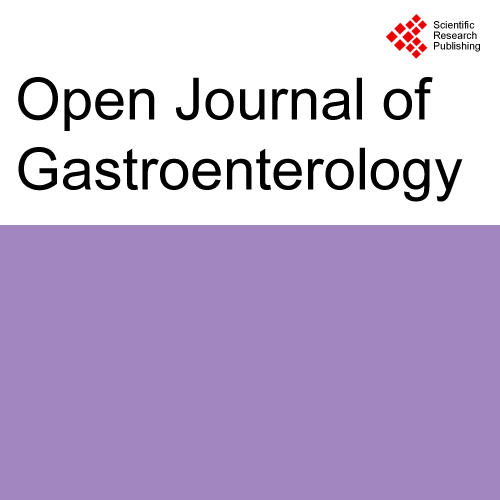Summary
Background
Chronic Hepatitis C virus (HCV) is an increasing threat to international public health, as it can have severe impacts on morbidity and mortality. Burundi has done little to address the hepatitis C burden in-country. This analysis aims to address the current epidemiological landscape of HCV in Burundi and identify efforts to achieve elimination by 2030.
Methods
In order to estimate the chronic HCV population through 2030, an Excel-based Markov model was created; calibrated using historical data populated from a literature review and an in-country lead expert panel. Using this model, two scenarios were developed: Base 2017, continuing the current standard of care through 2030, and Elimination, where treatment and diagnosis were increased to achieve a 90% reduction in total infections by 2030.
Results
In 2017, there were estimated 392,000 viremic infections, with a viremic rate of 3.3%. Under the Base 2017 scenario, the number of viremic infections is expected to decline by less than 15% by 2030, while liver related morbidity and mortality are expected to increase, with an estimated 2100 deaths due to HCV by 2030. Under the Elimination strategy, outcomes are estimated to significantly improve, with viremic infections declining by an estimated 90% by 2030 and HCV-related mortality expected to decrease by 85%. More than 12,470 lives could be saved by achieving elimination by 2030.
Conclusion
Achieving elimination of HCV in Burundi is reasonable with implementation of increased diagnosis and treatment efforts, including affordable programming to reduce liver-related morbidity and mortality.
Countries: Burundi

